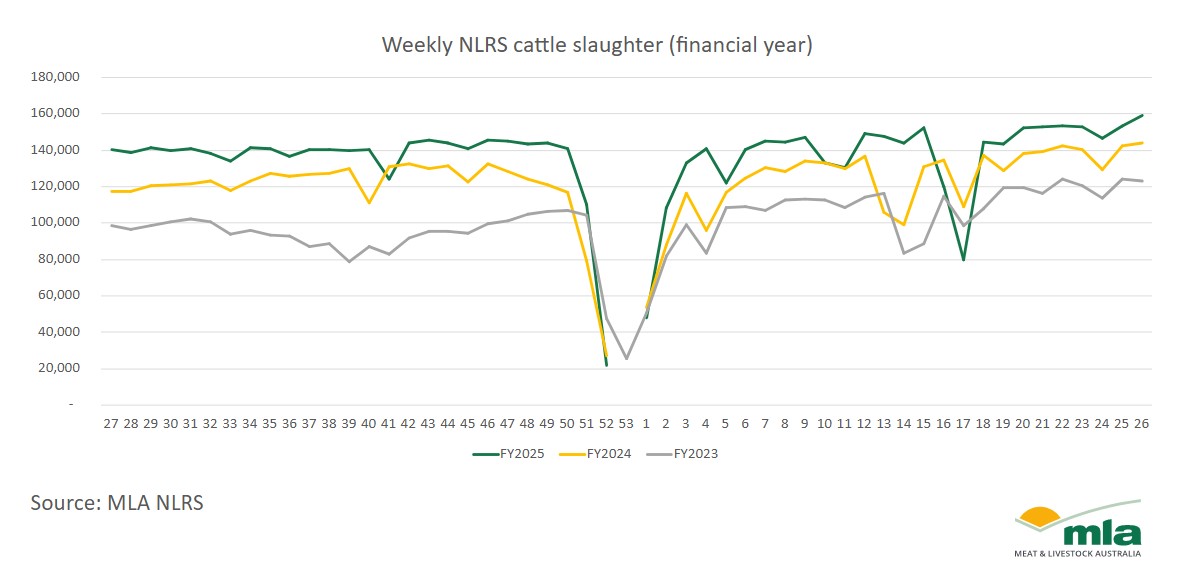How have seasonal extremes impacted slaughter?
Key points
- Cattle slaughter estimated at 8.8m head for FY2024–25.
- Combined sheep and lamb slaughter reached highest numbers since 1973.
- 11.96m sheep slaughter impact yet to be realised in supply.
The National Livestock Reporting Service (NLRS) weekly slaughter has shown significant turnoff headlines over the past 12 months. The weekly NLRS survey consistently covers ~85% of national slaughter (calculated against ABS actuals), making it a reliable dataset to analyse trends.
FY2024–25, NLRS adjusted slaughter estimates are:
- cattle slaughter 8,797,513 head
- lamb slaughter 26,304,896 head
- sheep slaughter 11,958,660 head
- combined sheep and lamb 38,263,556 head.
The NLRS voluntary slaughter survey enables weekly slaughter trend data offering greater real-time analysis. It closes the gap between ABS quarterly data - released six weeks after the quarter’s end.

Cattle
Differing weather dynamics – a positive northern season versus continued dry conditions across southern Australia – has led to net growth in cattle productivity. An estimated financial year turnoff of 8.8m head is the second highest since 1979.
Australian beef continues to experience strong global demand, likely due to herd rebuilds in competing export countries and ongoing evolving trade dynamics. Strong export demand, paired with high turnoff and production, created supply chain optimism.

Sheep and lambs
Australian sheep sector supply cycles align closely with financial years. This means financial year supply volumes are dependent on the season prior. In 2024, regions across SA and the western districts were facing inconsistent rainfall - the foundations of drought. Southern NSW and Victoria, however, were not yet affected, leading to a strong lamb cohort - now evident in FY2024-25 lamb turnoff.
An estimated lamb slaughter of 26.3m head is slighter lower than the previous year but is still the second highest on record. Sheep slaughter lifted unseasonally over the past eight months. With ongoing dry conditions, producers were managing stocking capacity, leading to breeding stock turnoff. This resulted in the highest turnoff since 2007 at 11.96m head.
With increased sheep and lamb availability, processors have focused on and invested in capacity resulting in an estimated 38.3m combined slaughter - the largest since FY1972−1973.
MLA will closely watch the upcoming new season lamb reduction as the sheep turnoff impact is yet to be realised in throughput figures.

Attribute to: Erin Lukey, MLA Senior Market Information Analyst



